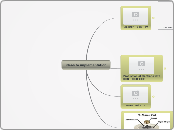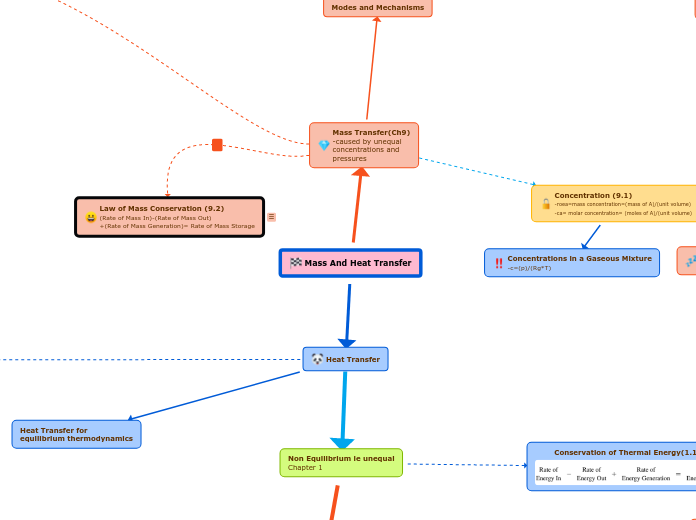ideas to implementation
Superconductor
Conduction and resistance
Resistance
Conduction
Bragg
outline the methods used by the Braggs to determine crystal structure
Bragg used x-rays (100 ev Photons)X-rays are made by electrons smashing metalsx-rays reflect of atomsspaced atoms cause interferenceSemiconductor
Production of electrons with light - solar cells
Electron Tube - TV
Applications
•outline the role of:
◦electrodes in the electron gun
◦the deflection plates or coils
◦the fluorescent screen
in the cathode ray tube of conventional TV displays and oscilloscopes
fluorescent screen
Makes light when hit with electrons
Colour TV has clusters of three phosphors for observation at a distance
CrO
Single colour green or blue to read at close distance
Deflection
Old Televisions
External Coils, Cheaper but designed to "RASTER"
Internal E field Plates, Expensive, but highly sensitive for science
Electron gun and Plates
Electron gun has a very high field as the lines converge on a point. Heat also kicks the electrons of the tip. The acceleration anode give the electrons a high fixed speed, which provides the energy that is later converted into light.Further Plates act as an electrostatic lens that curves electrons moving at an angle to the axis back into form an image of the gun on the screen.Old Television
Three guns for three colours, and designed to switch current pixel to pixel
CRO
Single gun, with focus designed for steady intensity.
E B balance e/m
F = Eq...........................................(1)
F =qvB..........................................(2)
F=mv^2/r (with no electric field).......(3)
also E= V/d
(1) = (2) gives v
(2) = (3) + v + r measured gives e/m
or (1) = (2) = (3) gives q/m = E/rB^2
Cathode Rays - Particle
Discharge tubes









